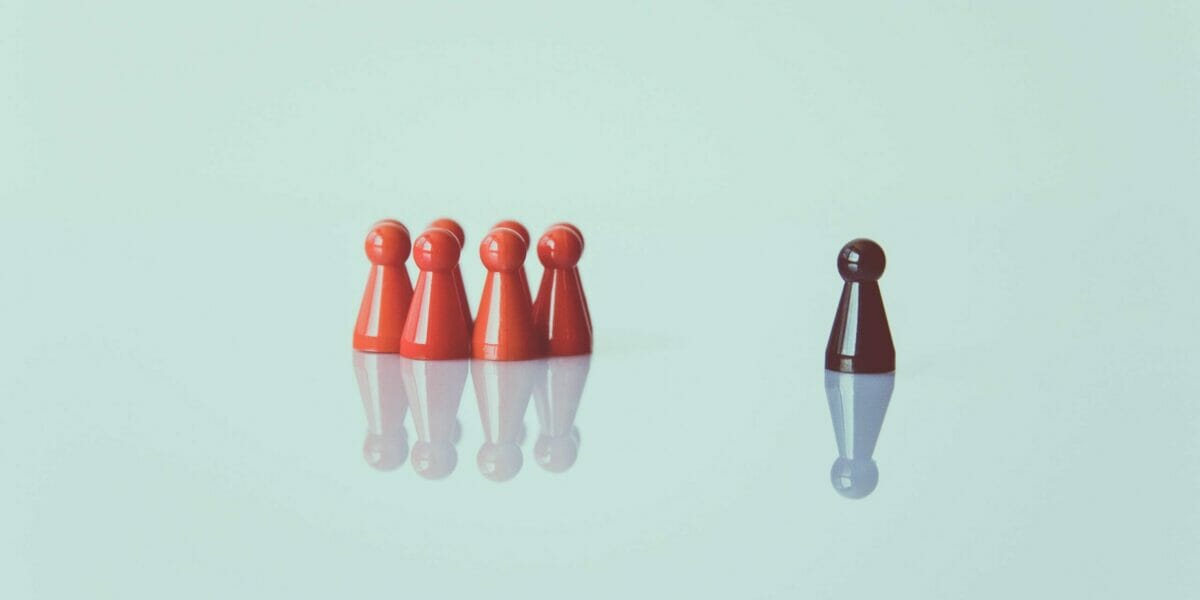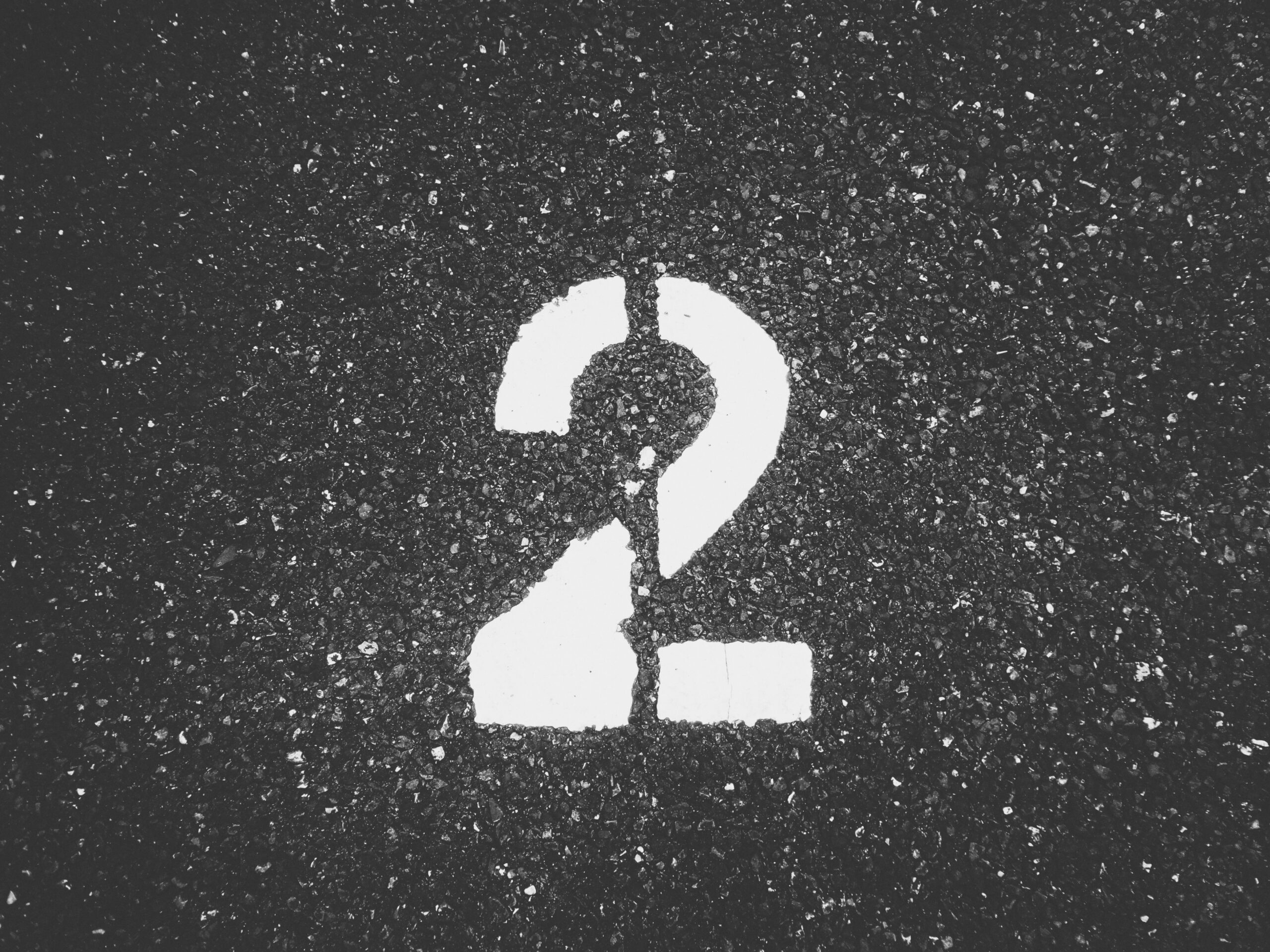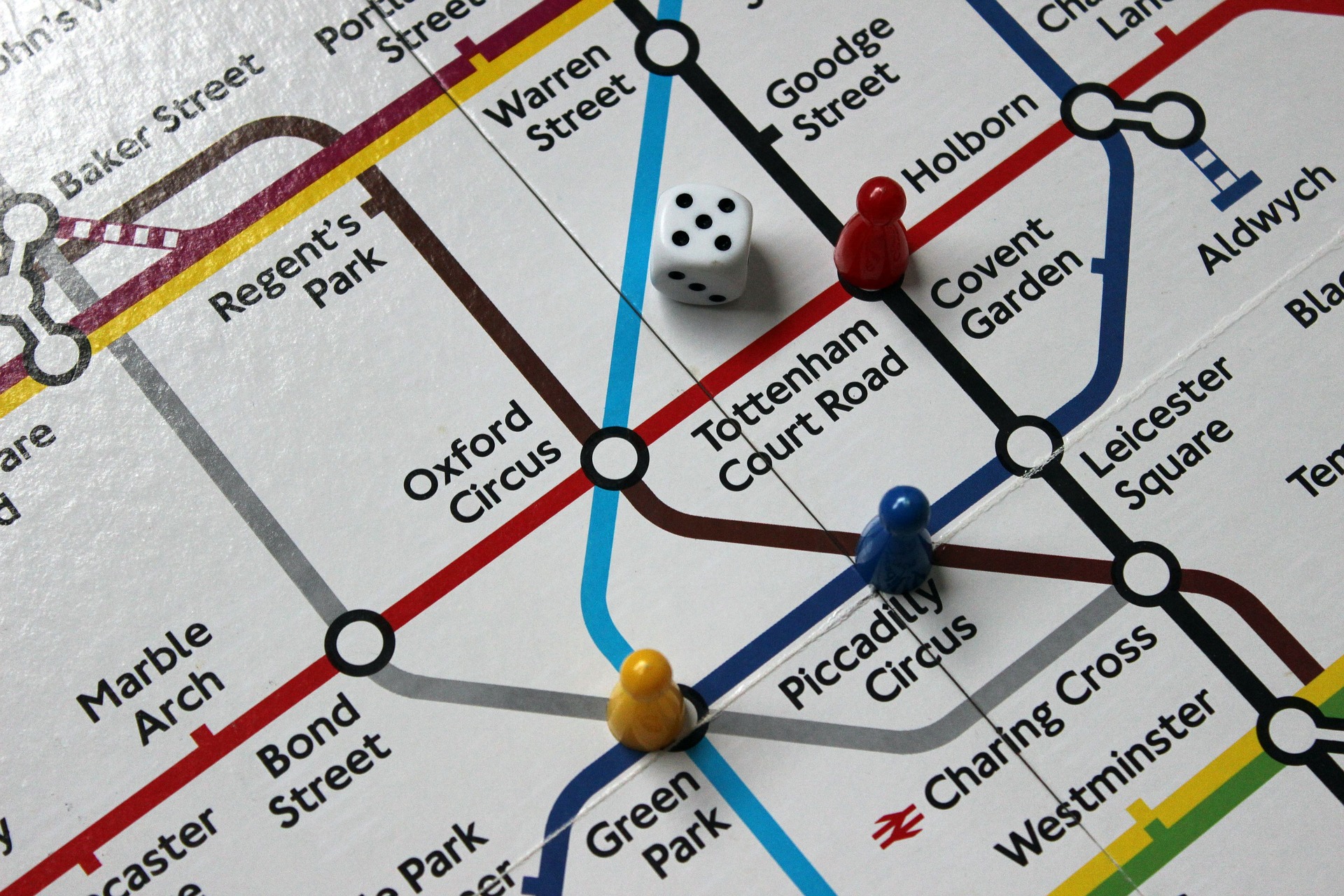Sometimes you do need to know the small details
When I was in the military the common belief was that all leaders needed to keep an appropriate distance from those they were leading. The basic idea was that you should not get too get too familiar and blur the lines of command. This was thought to be necessary to ensure that when giving orders, those orders were not in any way compromised when in a situation that required an unquestioning response.
Military leadership development programmes at the time were littered with the notion that leaders needed to keep a ‘helicopter view’ and not get bogged down in the detail. They needed to be able to articulate the strategy and set the objectives and then let the collective brilliance of their troops work out the details and tactics.
Being at an appropriate distance requires knowledge of self and a knowledge of the others in the group if you are to maximise the effectiveness of the group. Being too distant and you will appear aloof and not really with the group. Too close and it may be difficult to impose authority if necessary. One way to get the best out of any group when making decisions when you do not know the answers is to adopt a shared leadership approach where information is sought from the collective wisdom of the group, particularly in complex environments. This approach does not diminish the leadership effectiveness in any way or change who makes the decisions it simply informs the decisions. It is safe to assume that it would be very unusual for any one individual to have all the answers to all the questions raised in complicated environments where a collaborative approach can be very effective in providing successful outcomes.
However, we have to be careful, not to miss essential details when leading and attempting to keep an appropriate distance as the following case highlights.
Robert and Charles had just won the Round Britain and Ireland yacht race one of the most challenging and competitive yacht races in the world. At the end of the race they were interviewed aboard their radical design, stripped-out racing yacht by a live outside broadcast team from the BBC. Robert assumed the spokesperson role as he was very articulate and saw himself as the natural born leader. Charles was actually the Skipper but was happy let Robert get on with the rather invasive interview.
As the interview started the BBC interviewer glanced down below at the completely barren interior and asked ‘How on earth did you survive the gruelling 1800 nautical mile race with no creature comforts whatsoever?
Robert, acknowledging the incredulity by which the question was asked, nonchalantly replied ‘It was really not that difficult, we have a very simple system for the most basic human functions. We have a red bucket which we use as a toilet and chuck the contents over the side. We also have a green bucket in which we wash ourselves, wash up after meals and then chuck that over the side.’
Coiling a rope just in camera shot Charles leant forward and said ‘Excuse me Robert, I used to wash up in the red bucket!’













